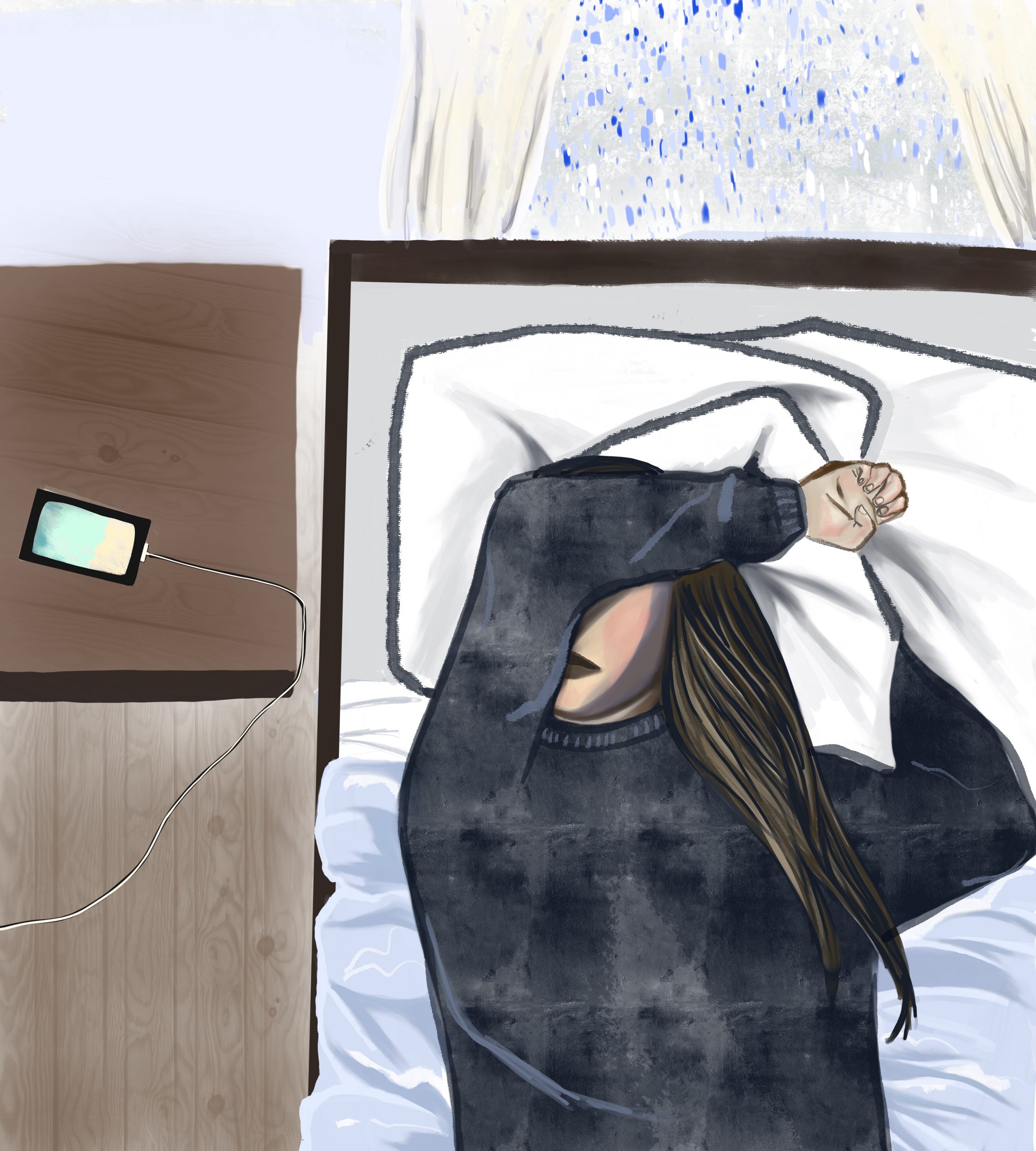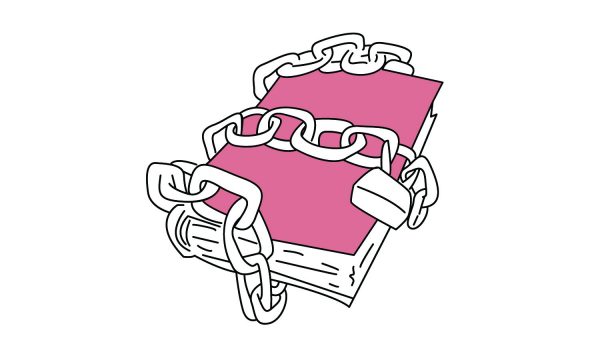As the sky turns gray and the weather blistery with winter, it can make anyone want to stay in bed and curl up with a good book – or go on a Netflix binge – rather than braving the cold. But for an estimated 10 million Americans, the winter blues are more than a temporary slump.
Seasonal affective disorder, a type of depression related to seasonal changes, can make you feel chronically exhausted and sluggish, moody and even hopeless. SAD can cause difficulty sleeping and concentrating, and make sufferers lose interest in activities they once loved.
Symptoms usually begin in the late fall and early winter months and subside during spring. Occasionally, some people can have the opposite pattern, with symptoms beginning in spring or summer. Symptoms tend to become more severe as the season progresses.
Unlike just having a few days feeling down, SAD is characterized by daily feelings of depression and low energy.
If you’re suffering from SAD, there are things you can do to help your symptoms.
1. Get a SAD lamp
Phototherapy, or light therapy, is a first-line treatment for seasonal affective disorder. Patients sit in front of a light box that emits 10,000 lux of light, usually within the first hour of waking for about 20 to 30 minutes. By shining into the eyes indirectly, the light mimics natural outdoor light and causes a change in brain chemicals linked to mood. Though there are relatively few side effects – such as headache and nausea – the treatment is not FDA-approved and should be used with the advice of a doctor.
2. Soak up the rays
Of course, a natural alternative to a SAD lamp is sunlight and, while we can’t control when it makes an appearance in winter, it’s important to take advantage when it does. Opening the blinds to let in sunlight or spending some time outdoors on sunny days can boost serotonin, a chemical in the brain linked to positive mood that could be produced less during the low light of winter.
3. Exercise
While exercise might feel like the last thing we want to do when we’re feeling depressed, staying active can be an important part of combatting a low mood. Exercise boosts not only serotonin but endorphins and other feel-good chemicals, and is proven to be as effective as medication for mild to moderate depression and helping the body better cope with stress and anxiety.
4. Get up and get out
While it’s tempting to stay in bed when we don’t feel like ourselves, getting up and getting out of the house can be just the thing we need to make us feel better (at least in the short-term). Grabbing a cup of coffee with a friend or even talking to someone supportive on the phone can banish feelings of loneliness and help us feel safe and accepted.
5. Get in tune with your body
If exercise is something you have less than zero interest in – or even if you do, and you want to supplement your practice – you can still spend time tuning in to your body. Meditation, yoga, guided imagery or music and art therapy are popular coping tools than can help you deal with the effects of depression.
6. Consider psychotherapy
Psychotherapy, or talk therapy, is another treatment option for seasonal affective disorder. Cognitive behavioral therapy, a form of talk therapy, can help SAD sufferers change negative thought patterns that can worsen symptoms and teach patients healthy coping mechanisms. Texas Woman’s University offers students up to 12 free individual counseling sessions annually, and free group therapy sessions every semester. For more information, visit the Counseling and Psychological Services website.
7. Talk to your doctor about medication
Some people, especially those suffering from severe symptoms, can benefit from medication to treat SAD. Your doctor might recommend you start drug therapy before your symptoms typically begin each year. You may need to try several different medications before you find the right one for you.
8. Know you’re not alone
Depression can make you feel hopeless and isolated. Friends and family can be valuable sources of support when you’re feeling depressed, and talking to others who are experiencing the same symptoms can remind you you’re not alone. To find a depression support group near you (or a virtual one), visit the Anxiety and Depression Association of America’s website.
When to see a doctor
While everyone can have days when they feel down during the winter months, seasonal affective disorder can take a serious toll on your health and relationships if left untreated. If you think you may have seasonal affective disorder or have symptoms of depression that are affecting your ability to enjoy life, talk to your doctor.
Amber Gaudet can be reached via email at agaudet@twu.edu.
Featured image by Angelica Monsour.






Be First to Comment